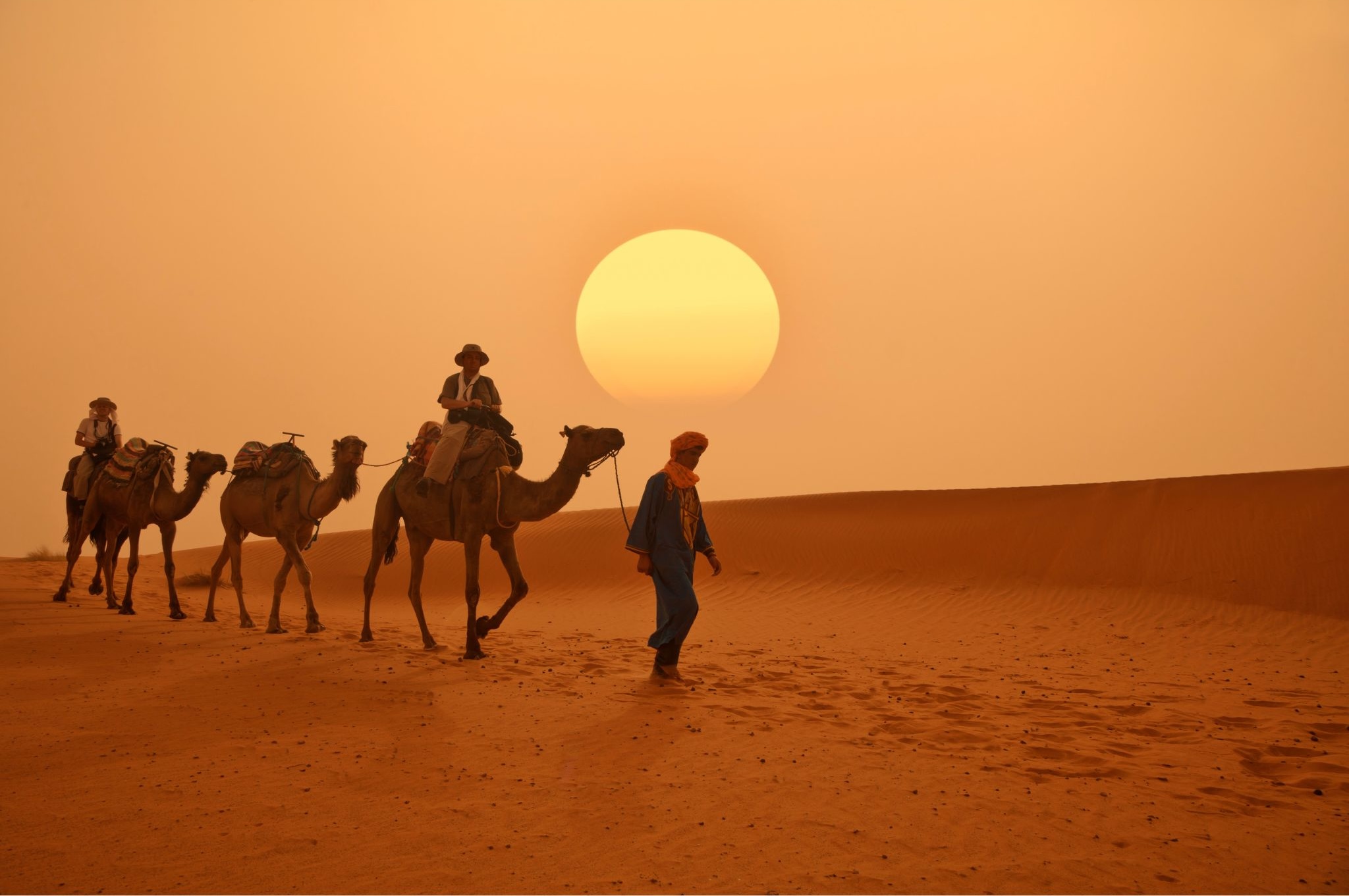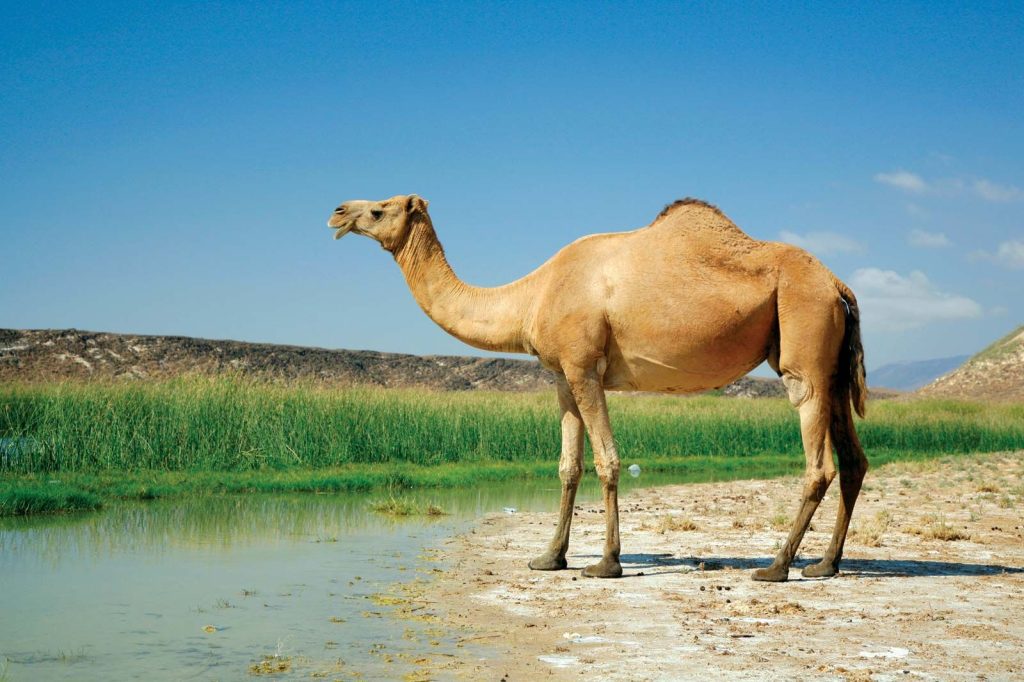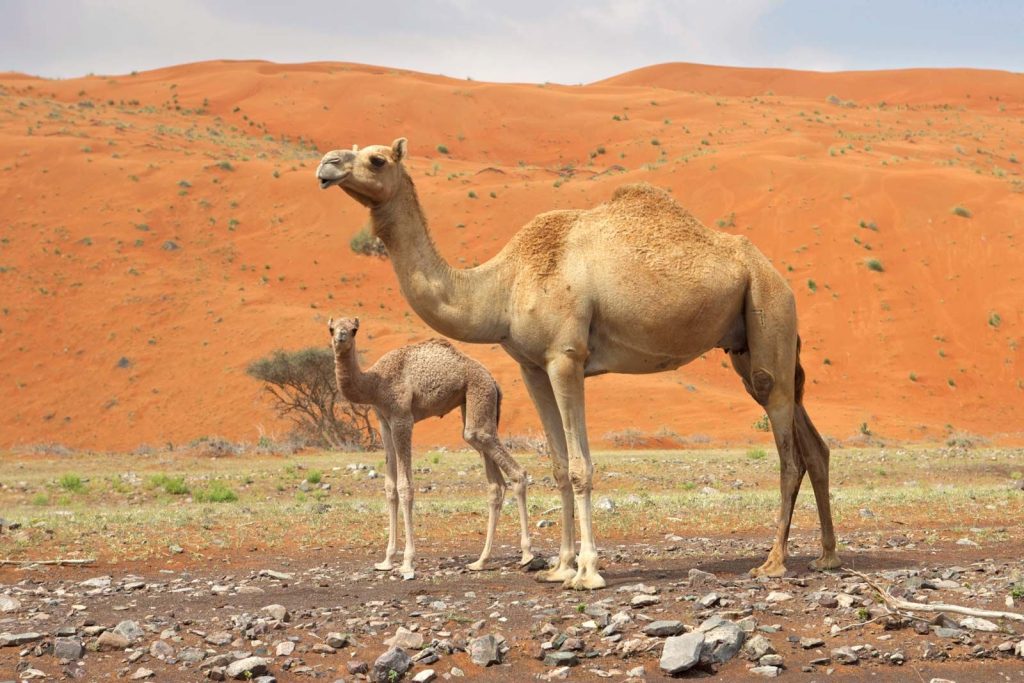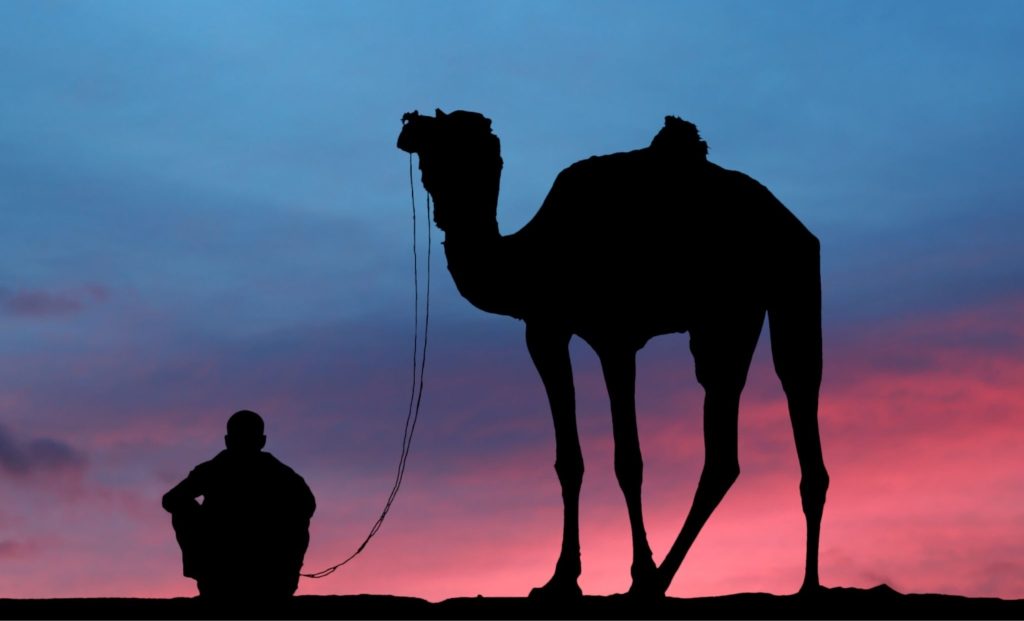
In the sun-scorched deserts of North Africa and the Middle East, one animal reigns supreme—the Dromedary camel, also known as the Arabian camel. With just one hump and a reputation for resilience, these iconic creatures have earned the nickname “Ships of the Desert” for a reason. Let’s explore why the Dromedary camel has become such a vital companion to desert dwellers for thousands of years.
Built for the Desert
Dromedary camels (Camelus dromedarius) are perfectly adapted to survive in some of the harshest environments on Earth. Their long legs lift their bodies above the hot sand, and their wide, padded feet prevent them from sinking. These natural features allow camels to travel over shifting dunes and rocky terrain with ease—much like ships gliding over waves.
The One-Hump Wonder
Unlike their two-humped Bactrian cousins, Dromedaries have a single hump. This hump stores fat, not water, which can be converted into energy when food is scarce. In times of hardship, a camel’s hump can shrink dramatically as its body uses the stored fat for fuel. This unique feature allows Dromedaries to go for days or even weeks without food in the wild.
Water Wizards
Despite the popular myth, camels don’t store water in their humps—but they are masters of water conservation. A Dromedary can drink up to 30 gallons (113 liters) of water in just 13 minutes when rehydrating. Their bodies are designed to retain moisture, with oval-shaped red blood cells that continue to flow easily even when dehydrated. They can lose up to 25% of their body weight in water—a feat that would be fatal for most mammals.
Vital to Human Survival
For centuries, nomadic peoples have relied on Dromedaries for transportation, milk, meat, wool, and trade. These camels can carry hundreds of pounds of cargo across long distances without tiring. Before modern vehicles, camel caravans were the lifeline of desert trade routes, linking faraway regions through the sands. Their gentle temperament and endurance made them indispensable companions on long journeys.
Extraordinary Features
- Nostrils that close to keep out sand
- Thick eyelashes and bushy eyebrows that shield their eyes from sun and dust
- Tough mouths that can eat thorny desert plants
- High body temperature tolerance, reducing water loss through sweating
Why They’re Called “Ships”
The metaphor of a “ship” isn’t just poetic. Just like a ship carries people and goods across vast oceans, the Dromedary camel carries both across the vast “oceans of sand.” They navigate the dunes with the same ease and reliability, helping entire cultures thrive in places where few other animals can survive.
In Summary
The Dromedary camel isn’t just a desert animal—it’s a symbol of survival, endurance, and adaptability. Known for their ability to traverse unforgiving terrain, conserve precious resources, and support human life, these amazing creatures truly live up to the name “Ship of the Desert.”
Next time you picture a camel under the desert sun, remember: it’s not just walking—it’s sailing.
Would you like a social media teaser to go with this post too?
More photos below ↓

















Disclaimer: This blog post is for edutainment purposes only and may not be entirely accurate.






